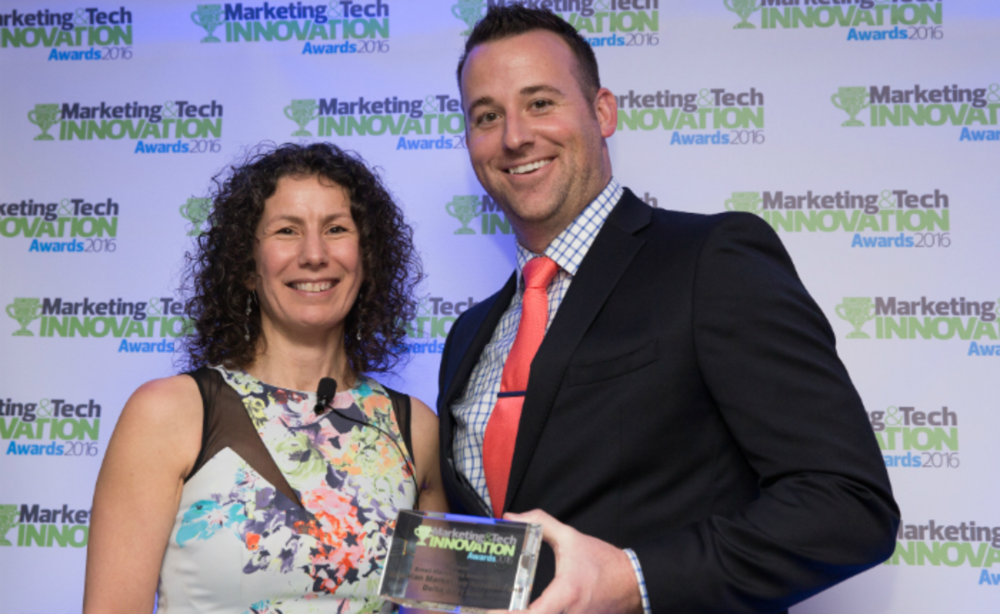Getting a new email program off the ground isn’t easy, but Delta Air Lines took its SkyMiles frequent flier emails to new heights by using data to deliver segmented, relevant messages.
Previously, Delta sent SkyMiles members about 11 to 16 emails per month, excluding transactional notifications. These messages often contained broad content and didn’t provide the first-class, personalized experience today’s customers expect. As a result, Delta’s engagement metrics started to descend.
Delta’s marketers know that every traveler experiences elements of travel (e.g. packing, checking in) differently. As Delta’s GM of digital marketing Amy Harry puts it, there’s no “one-size-fits-all” method.
The airline’s marketers needed a way to send members critical travel information that was also contextually relevant and added value to each customer’s trip. Still, they didn’t want to resort to clogging up members’ inboxes. So, after hosting a series of brainstorming and planning sessions with its agency DigitasLBi and marketing technology provider Experian Marketing Services, Delta launched the beta phase of its Flight Cycle email program in January 2015.
Unlike its original program, which consisted of sending members broad messages a dozen times a month, Delta’s Flight Cycle Program sends targeted, triggered emails during the four key stages of their travel experience: plan, prep, fly, and home. For the beta launch, Delta focused solely on prep.
Using its airline, location, transactional, and loyalty data, Delta created a matrix of elements that would dynamically populate an email with targeted content based on a traveler’s specific scenario. For example, one member may receive an upgrade message based on her itinerary and seat assignment, and another passenger might receive location-based recommendations based on his final destination or layover. The airline uses Experian Marketing Suite’s Interactions Manager tool to incorporate these elements into each prep email, and it sends these trigger messages seven days before each person’s flight.
The company uses the Experian Marketing Suite’s Intelligence Manager solution to report program measurement. After the program ran for 60 days, Delta analyzed some of the initial results so it could adjust and optimize its messaging. For example, the airline discovered that Comfort+ upgrade messages performed far better than the First Class upgrade messages, so its marketers reprioritized the mailings. The analyses also revealed that response rates changed by loyalty tier. A member that’s reached the highest Diamond Medallion tier, for instance, might not respond as well to packing tips as a less frequent flier might, Harry explains. In addition to analyzing response rates, Delta conducted qualitative research to collect customer feedback.
Constant optimization is part of Delta’s route to success. Harry says the company takes an “editorial” approach to its email content and updates it each month to keep members engaged.
After months of testing, Delta officially launched the program in May 2015 and customer engagement has soared. Along with cutting back on email clutter, the Flight Cycle emails produced open rates of 60% (doubling Delta’s 30% benchmark) and a 17.4% click-through rate—up from 4%. The airline also experienced a 5% incremental lift in Delta Comfort+ upgrade revenue, and Flight Cycle is the third highest American Express acquisition trigger—an extra perk for its partners.








